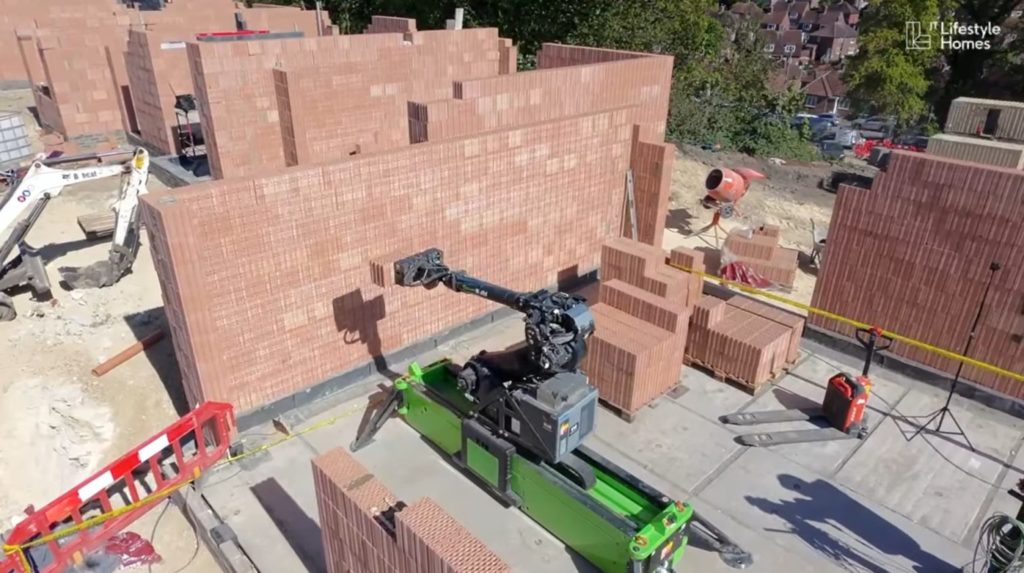Robots capable of laying bricks five times faster than a skilled human could help the UK reach the ambitious target of building 1.5m new homes by 2029.
Start-up developer JT Lifestyle Homes has used WLTR computerised brick-laying machines to help build 27 new homes in Durham as well as warehouses, offices and retail units.
JT Lifestyle Homesfounder Dr Jan Telensky said: “As well as building faster, intelligent monitoring means the robot’s bricks are laid with ultimate precision, which will enhance the overall build quality.
“It has the potential to ease the burden and also create new, highlyskilled jobs for operators who will still be needed to oversee projects.”
The robot, nicknamed ‘Walter’, can lay up to 200 square metres of masonry per day outstripping human output.It can construct walls of up to 3.25m in all weather conditions and without the need for scaffolding using DryFix adhesive foam instead of traditional mortar.
Producers GreenBuild plans for future robots to be capable of building walls up to five metres – the height of a two-storey house.
Brokers Hank Zarihs Associates said development finance lenders were keen for technology, such as bricklaying robots, to be harnessed to speed up the delivery of new homes.
Robots could help plug skills shortage gap
The Construction Industry Training Board has estimated the UK needs an average of 50,300 extra per year to plug the skills gap caused by an aging workforce and difficulties attracting new talent.
The National Housebuilding Council has said 33,000 more bricklayers are needed to build 300,000 new homes annually. The shortage is exacerbated by an aging workforce and a decline in young people entering the trade.
“There are simply not enough bricklayers entering the trade to keep up with demand for affordable homes, so we must find new solutions,” said Dr Telensky.
In March chancellor Rachel Reeves announced £600m investment to help train 60,000 skilled personnel by 2029.
The WLTR robot was developed by KM Robotics and Wienerberger in collaboration with experts from the Czech Technical University and the Technology Agency of the Czech Republic.
It was first tested on a construction site near Prague in July and October 2020.
Wienerberger developed the specification, designed patented robot-ready bricksand created the business model for the machine.
KM Robotics handled the engineering, focusing on hardware and software integration, user interfaces, mechanical design, prototype production and test environments.
Construction Robotics, New York, wasthe first company to develop a bricklaying robot called SAM costing £330,000. It didn’t replace human bricklayers but helped with laying long courses or using larger bricks reducing physical strain, especially in commercial construction.
LinkedIn Question: Is it worth training to be a bricklayer or joiner when in a few years’ time robots could do the job?












